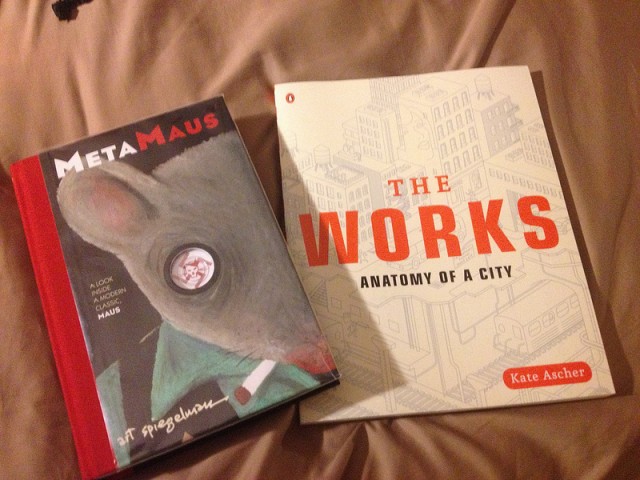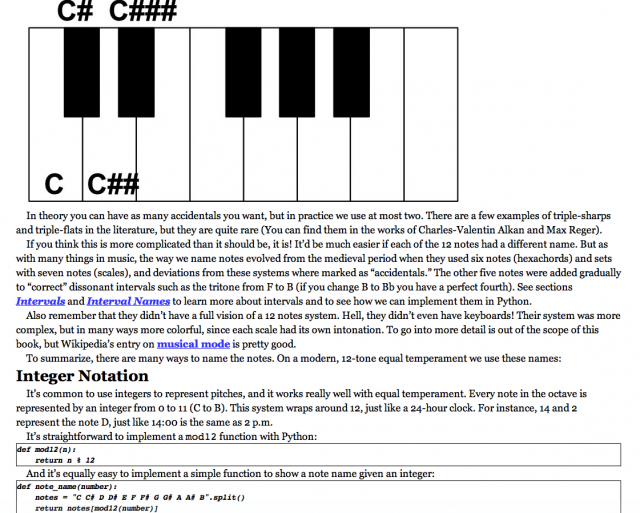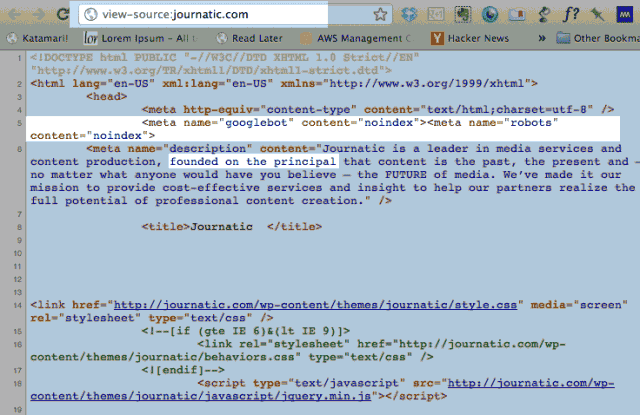

I’ve just started digging into Charles Duhigg’s “The Power of Habit,” which, besides being fascinating reading, has gotten me back into the habit of actually reading again.
Over the past year I’ve gone through some great books about the mind, including Daniel Kahneman’s “Thinking, Fast and Slow” and Robert Sapolsky’s Why Zebras Don’t Get Ulcers . “Power of Habit” isn’t as technically cerebral as those, but it contains a surprising amount of interesting, usable advice, and has caused me to rethink how I set goals in the future.
. “Power of Habit” isn’t as technically cerebral as those, but it contains a surprising amount of interesting, usable advice, and has caused me to rethink how I set goals in the future.
One tip from Duhigg’s book that I read this morning: taking the time to write out goals, including mundane details as necessary, is much more helpful than just having goals.
In fact, the mundane details may be the difference in success. Duhigg describes this finding from a 1992 British study involving lower-class elderly patients – averaging 68-years-old – who were recovering from recent hip or knee replacement surgery. A psychologist was examining ways to increase the patients’ willpower to keep up with the arduous rehabilitation process:
The Scottish study’s participants were the types of people most likely to fail at rehabilitation. The scientist conducting the experiment wanted to see if it was possible to help them harness their willpower. She gave each patient a booklet after their surgeries that detailed their rehab schedule, and in the back were thirteen additional pages—one for each week—with blank spaces and instructions: “My goals for this week are __________ ? Write down exactly what you are going to do. For example, if you are going to go for a walk this week, write down where and when you are going to walk.â€
She asked patients to fill in each of those pages with specific plans. Then she compared the recoveries of those who wrote out goals with those of patients who had received the same booklets, but didn’t write anything.
It seems absurd to think that giving people a few pieces of blank paper might make a difference in how quickly they recover from surgery.
But when the researcher visited the patients three months later, she found a striking difference between the two groups. The patients who had written plans in their booklets had started walking almost twice as fast as the ones who had not…
They were putting on their shoes, doing the laundry, and making themselves meals quicker than the patients who hadn’t scribbled out goals ahead of time. The psychologist wanted to understand why. She examined the booklets, and discovered that most of the blank pages had been filled in with specific, detailed plans about the most mundane aspects of recovery.
One patient, for example, had written, “I will walk to the bus stop tomorrow to meet my wife from work,†and then noted what time he would leave, the route he would walk, what he would wear, which coat he would bring if it was raining, and what pills he would take if the pain became too much. Another patient, in a similar study, wrote a series of very specific schedules regarding the exercises he would do each time he went to the bathroom. A third wrote a minute-by-minute itinerary for walking around the block.
As the psychologist scrutinized the booklets, she saw that many of the plans had something in common: They focused on how patients would handle a specific moment of anticipated pain. The man who exercised on the way to the bathroom, for instance, knew that each time he stood up from the couch, the ache was excruciating. So he wrote out a plan for dealing with it: Automatically take the first step, right away, so he wouldn’t be tempted to sit down again…
Put another way, the patients’ plans were built around inflection points when they knew their pain—and thus the temptation to quit—would be strongest.
The patients were telling themselves how they were going to make it over the hump.
from Charles Duhigg, The Power of Habit: Why We Do What We Do in Life and Business (p. 144). Random House, Inc.. Kindle Edition.
I have goals, and I have sub-goals for those goals. But I write them quickly in my todo list, like, “Write Bastards book of Python”…which should probably come after “Learn Python.”
I’m going to try to start sketching out details now. Being more disciplined about having small sub-goals on the way to the big ones is obvious. But I don’t write enough about anticipated failures. Not sure in terms of individualized learning how to go about this…as the “inflection points” are generally: I’m too tired to learn/write.
But to start small, maybe: Get a latte. Write a section of a chapter. When my mind wanders, add sugar to latte, take another sip.
(And then it’ll be time to start having a real exercise routine. Luckily, Duhigg’s book has a few insights on that as well)














